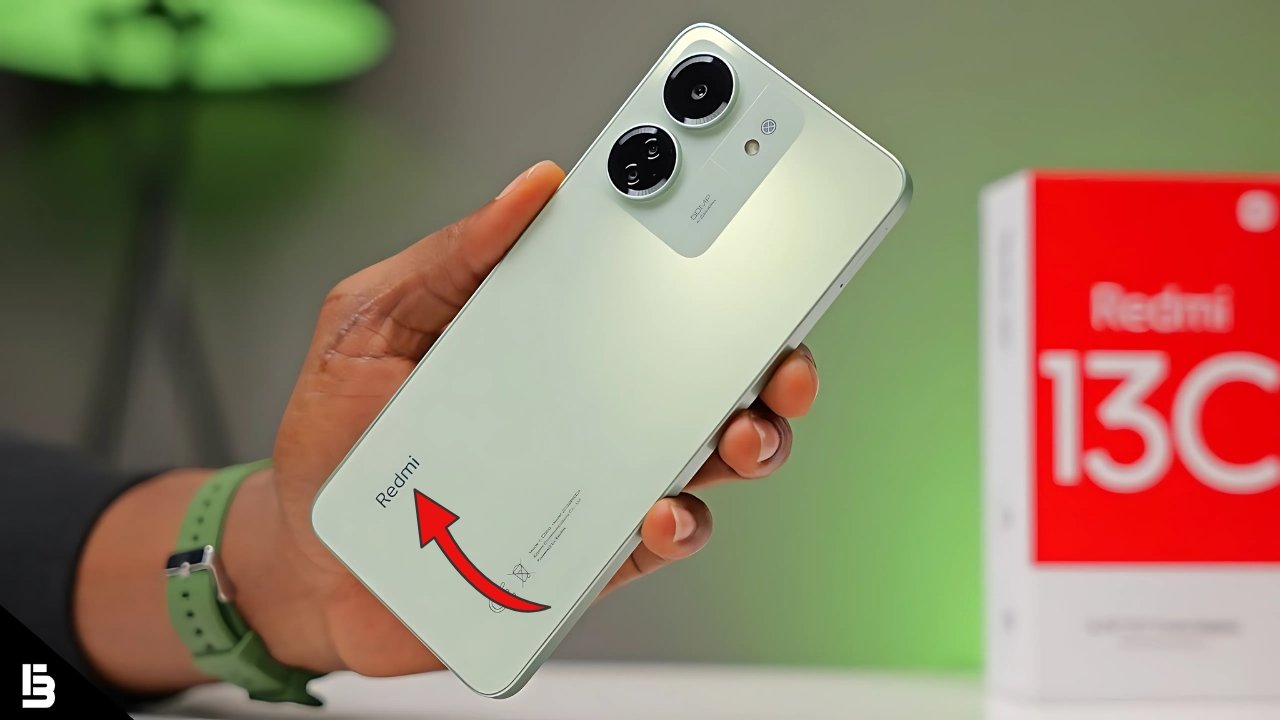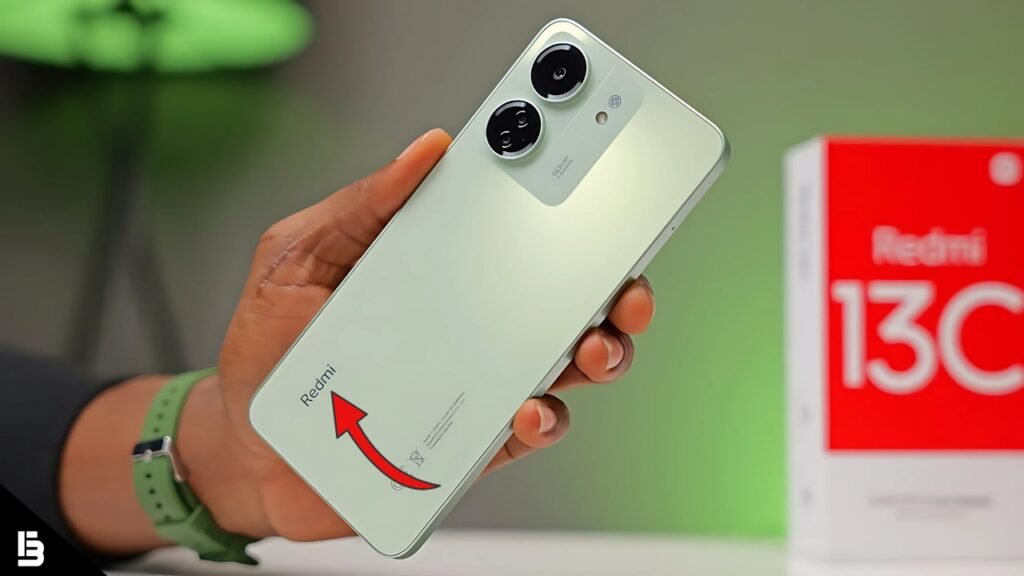The smartphone market continues to evolve rapidly, with manufacturers striving to bring advanced features to budget-conscious consumers. Xiaomi’s Redmi 13C 5G stands as a testament to this trend, offering next-generation connectivity without breaking the bank. This device represents a significant step forward in making 5G technology accessible to a broader audience.
Design and Build Quality
The Redmi 13C 5G sports a contemporary design that feels surprisingly premium for its price point. The device features a sleek plastic construction with a textured back panel that effectively resists fingerprints and provides a secure grip. Available in multiple color variants, the phone offers visual appeal that rivals more expensive alternatives. The placement of buttons and ports feels intuitive, with the power button doubling as a fingerprint scanner for convenient security access.
Display Performance
Equipped with a generous 6.74-inch HD+ display, the Redmi 13C 5G delivers an immersive viewing experience. The IPS LCD panel produces vibrant colors and adequate brightness levels for most lighting conditions. While the resolution might not match flagship standards, it proves more than sufficient for everyday tasks like browsing, social media, and video streaming. The large screen real estate makes typing and navigation comfortable, particularly beneficial for users who prioritize screen size over pixel density.

5G Connectivity and Performance
The standout feature of this device lies in its 5G capability, powered by the MediaTek Dimensity 6100+ processor. This chipset ensures reliable performance for daily activities while enabling access to high-speed 5G networks where available. Users can expect faster download speeds, reduced latency, and improved overall connectivity compared to 4G alternatives. The processor handles multitasking reasonably well, though demanding games and intensive applications may reveal its limitations.
Camera System
Photography enthusiasts will find the dual-camera setup adequate for casual shooting. The primary 50MP sensor captures detailed images in good lighting conditions, producing photos suitable for social media sharing. The depth sensor assists with portrait shots, creating pleasant background blur effects. Low-light performance, while not exceptional, remains acceptable for a device in this price range. The front-facing camera handles video calls and selfies competently, meeting the needs of most users.
Battery Life and Charging
One of the device’s strongest attributes is its impressive 5000mAh battery capacity. This substantial power source easily provides full-day usage for typical smartphone activities. Heavy users might even stretch it to a day and a half with careful management. The included 18W fast charging support ensures reasonable charging speeds, though it won’t match the rapid charging capabilities found in higher-end devices.
Software Experience
Running on MIUI based on Android, the Redmi 13C 5G offers a feature-rich software experience. The interface includes numerous customization options and additional functionality beyond stock Android. While some users appreciate these extras, others might find the interface slightly overwhelming initially. Regular security updates and the promise of at least one major Android version upgrade provide reasonable software longevity.
Value Proposition
The Redmi 13C 5G excels in delivering essential smartphone features at an accessible price point. Its combination of 5G connectivity, large display, reliable battery life, and decent camera performance creates a compelling package for budget-conscious consumers. While it may not excel in any single area, the overall balance of features makes it an attractive option for first-time smartphone buyers or those seeking basic 5G functionality.
Final Verdict
For users prioritizing 5G connectivity and essential smartphone features over flagship performance, the Redmi 13C 5G presents excellent value. It successfully bridges the gap between basic smartphones and premium devices, offering modern connectivity options without the associated premium pricing. While power users might find its limitations restrictive, the target audience will likely appreciate its practical approach to smartphone design and functionality.
